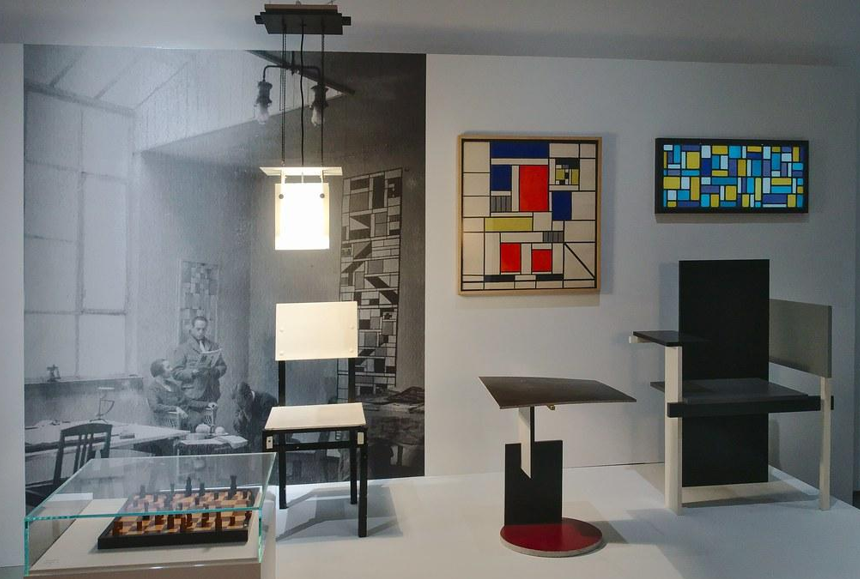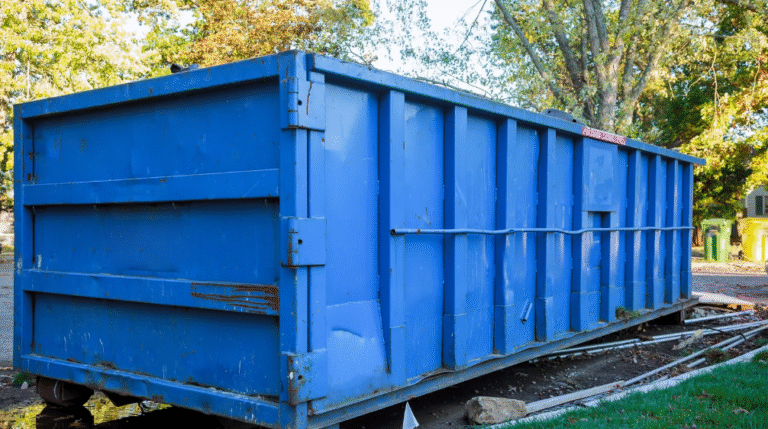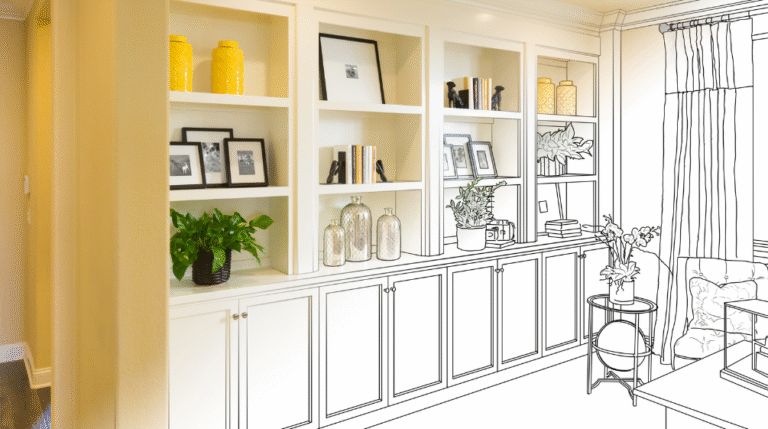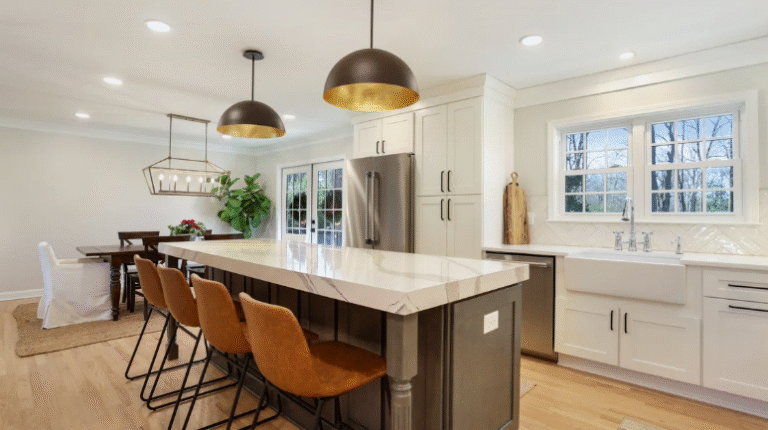Bauhaus-Inspired DIY: 5 Minimalist Home Upgrades You Can Do in a Weekend
Originating in Germany at the beginning of the twentieth century, the Bauhaus movement had captured the world with its concept of efficiency, simplicity and lines; and even nowadays, these ideas can be further applied to designers and interiors. It serves as a perfect source of inspiration for easy and affordable home upgrades.
In case you enjoy the idea of minimalist style but you cannot invest a huge sum of money (or spend several weeks in renovations), check out these easy DIY projects to help you redesign your place in only a couple of days.
Each idea here embraces Bauhaus’s “form follows function” philosophy while keeping things stylish and practical. The same goes for https://22bet.co.zm/, the leader in online gaming platforms, as their user-friendly platform is not only seamless for playing, but a true treat for the eyes as well!
1. Geometric Floating Shelves (Functional Art)
Why It Works
Bauhaus design celebrates geometric shapes and practicality. Storage is provided by small elements such as floating shelves in bold triangles or rectangles, which add interest. It is an ideal combination of practicality and aesthetics.
How to Do It
- Materials Needed: Plywood, wood glue, brackets, screws, sandpaper, paint (optional).
- Steps:
- Cut the wood into your chosen shape (like staggered rectangles).
- Sand edges for a smooth look at the end.
- Paint in a neutral or bold tone (like black, white, or primary).
- Secure brackets to the wall and attach shelves.
Tip: Arrange asymmetrically for a dynamic look.
2. DIY Wall Art (Minimalist & Bold)
Why It Works
Artists of the Bauhaus school, such as Wassily Kandinsky, developed dramatic and effective compositions with primitive forms and basic dyes. There are ways to copy this style without being an artist!
How to Do It
- Materials Needed: Canvas or sturdy paper, acrylic paint, painter’s tape.
- Steps:
- Distinguish clean lines using tape (e.g. intersections, circles)
- Fill in with bright colours (red, blue, yellow). Black and white works for high contrast too.
- Remove it once dry for crisp edges.
Tip: Frame your work in a thin black frame for a polished finish.
3. Streamlined Side Table (Form Meets Function)
Why It Works
The furniture made in the Bauhaus style is tidy and functional, suitable for simple side tables with velvety tops and bases of either metal or wood.
How to Do It
- Materials Needed: Wooden board (or glass), hairpin legs, screws.
- Steps:
- Sand, stain, or paint the top.
- Attach the hairpin legs at each corner.
- Add a metal base for an industrial touch.
Tip: Use opposing materials (like a wood top with black metal legs).
4. Modular Storage Cubes (Customizable & Clutter-Free)
Why It Works
Bauhaus designers loved modular systems. Think stackable, rearrangeable units that adapt to your needs. DIY cube shelves are an easy way to achieve this.
How to Do It
- Materials Needed: Plywood or MDF, wood glue, nails, paint.
- Steps:
- Cut wood into equal-sized squares.
- Assemble into cube shapes. Use glue and nails for this.
- Paint a uniform colour or leave natural for a Scandinavian twist.
Tip: Arrange in a grid or asymmetrical cluster for visual interest.
5. Lighting Fixtures
Light is fundamental in Bauhaus; it must play a purpose as well as be sculptural. Instead of buying complex and expensive fixtures, you can also make your own using simple materials. A pendant lamp with slim lines or something similar can immediately be an improvement.
How to Do It
- Materials Needed:
- For a pendant lamp: A wire basket, cord kit, bulb socket, spray paint (matte black or metallic).
- Steps for Pendant Light:
- Spray-paint the wire basket in a bold colour (red, yellow, or black).
- Thread the cord kit through the basket and attach the bulb socket.
- Hang at varying heights for a dynamic effect.
- Steps for Desk Lamp:
- Cut some plywood into interlocking shapes (triangles or squares).
- Assemble with wood glue. Attach LED strips inside.
- Use as a modern task light or decorative piece.
7. Minimalist Planters (Bring Nature In)
Bauhaus involves the harmony between nature and industrial design. Its principles are relevant up to this very day to modern interiors and designers. An elegant, streamlined planter, which is of a geometric shape, also peps up your place and keeps it clutter-free. Sturdy materials to choose from include concrete, terracotta, or even folded metal.
How to Do It
- Materials Needed:
- For concrete planters: Quick-set concrete, silicone moulds (geometric shapes).
- For folded metal planters: Sheet metal, tin snips, and epoxy glue.
- Steps for Concrete Planters:
- Pour the paste into silicone moulds and let cure.
- Sand edges for a smooth finish.
- Seal with a matte protector to prevent water damage.
- Steps for Metal Planters:
- Cut sheet metal into trapezoid or rectangular shapes.
- Fold edges and secure with epoxy.
- Add a plastic liner for drainage.






